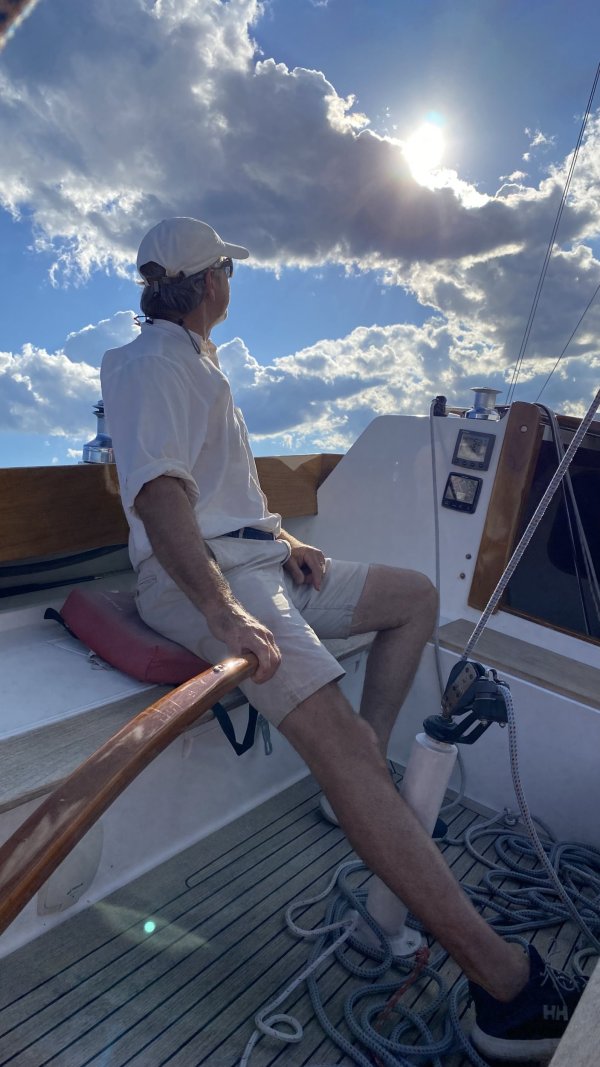Again and again and again the term “Natural sound” comes from subjective audio glossary and you can not say SET is not natural because of bad measurements.
About push pull vs SET debate I agree you all conditions should be equal .
Another thing that you forget to add to comparison condition is the amplifier/speaker distortion cancellation.
You should match the speaker to amplifier for true comparison.
Audiopax designer (delima) introduced two timbrelock option to for getting minimum distortion.
I did point out the dire need to match speakers.
Again: http://www.atma-sphere.com/en/resources-paradigms-in-amplifier-design.html
And yes I
can say SETs are not natural because of bad measurements- I've pointed out what those measurements are. If you fix them the SET will sound natural. Good luck with that.
1- right to which reference? Measurements (objective) or Subjective listening experience?
If you mean “right” in objective measurements then you should forget all push pull tube amplifiers because of their awful measurements.
If you mean “right” in subjective experience I think good SET amplifiers are very good if you choose match speakers.
2- the only definition of “accurate” in subjective glossary that is not listener dependent is the method of “comparison by contrast”
This method described in Audio Note UK website
I use recordings I produced as reference. I also use measurements. For heaven's sake, are you people attacking my posts without reading them??
Again, as I pointed out earlier I'm in the camp of Daniel von Recklinghousen :
"If it measures good and sounds bad, it is bad; if it measures bad and sounds good, you've measured the wrong thing."
100% agree you about importance of dynamics for right sound reproduction.
Bad news is many modern audio companies and also many studio recordings do not care about dynamics.
Many audiophiles are not familiar with right dynamic reproduction.
I can tell you even some audiophiles prefer compress sound.
Expert audiophiles like David
@ddk Romy all care about importance of dynamics.
Again, SETs are well-known for dynamics beyond their apparent low power,
again as I've stated earlier, this is distortion masquerading as 'dynamics'
. Actual dynamics comes from the
signal. Anything else isn't natural. Fun, but unnatural.
The only way to get compressed sound during playback is by using a compressor. If there is no compressor and it does not sound as dynamic as an SET, its simply because whatever 'it' is, its making less distortion (hopefully distortion of 'it' is not also causing 'it' to be boring).
Again as I said earlier. the ear is keenly sensitive to higher ordered harmonics which appear in any SET above about 20-25% of full power. Since transients are where the power is, the distortion on the transients make the SET sound 'dynamic' and that distortion also causes the amp to sound loud (which is why so many SET users report that they really don't need that much power; the distortion is making it sound loud). A sound pressure level meter (available as an app) sorts the latter bit out quite quickly. Also
again: It is the mark of the best audio systems that they do not sound loud even when they are.
They are unique to horns, and can be done with SETs, push pulls, etc. In some horns, 300w SS will kill the dynamics, by having too much grip on the woofer.
Dynamic range is related to sensitivity and crossover. By far the highest dynamic range I heard was in the crossoverless pnoe and yamamura. When you have 110 db+ no crossover, even the smallest shift of hand is easily heard, and the rise of the cello will make it very difficult to adjust back to a crossovered speaker where the cello seems to hit a ceiling in comparison. So many details are lost on low sensitivity speakers on the rise and falls. More crossovers also means it is often a speaker with mismatched drivers - not all having similar impedance and sensitivity. Then you need to get crappy electronics to handle that impedance. Cones with SS are highly compressed in comparison. they play in a restricted bandwidth good for audiophile music without much swing.
To the first statement, mostly true until we arrive at the last. 'Too much grip' depends entirely on the speaker design. Some speakers need more damping and others need less.
Read This!! While this article was written a long time ago, its still important.
Getting rid of crossovers is good for dynamics. But 'full range' drivers, which are needed if no crossover is used (unless an electronic crossover is used instead) get in trouble when you turn up the volume.
David prefer good tube amplification to high power high feedback solidstate amplification
Most solid state amps ever made have the feedback applied in an inappropriate manner. So while this is very understandable and something most of us on this thread have experienced a lot, its not the fault of solid state or feedback; instead the feedback isn't applied properly.
If you want to see how to apply feedback, look at any opamp circuit. With modern opamps as long as you don't ask over 20dB of gain they are quite neutral, musical, accurate and natural. (Older opamps need not apply.) In an opamp circuit, the feedback is mixed with the incoming audio signal using a resistive divider network, rather than applying the feedback to a tube (opamps were developed in the tube ear BTW...) or semiconductor. Reistors are a whole lot more linear than active devices. So the feedback signal is a lot more able to do its job properly since its not getting messed up before doing it! Opamps and most solid state amp designs look very similar on paper save for this particular issue. I've described already the other reason feedback gets in trouble in most amplifiers so won't repeat myself here.


